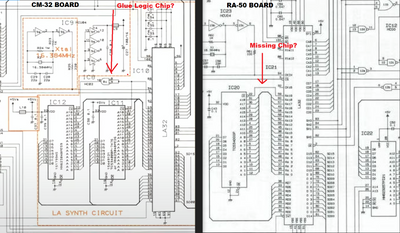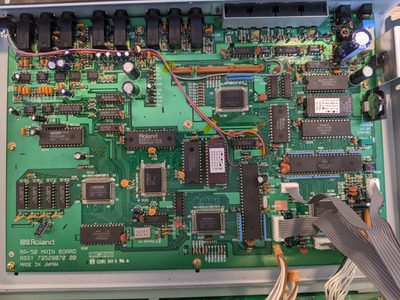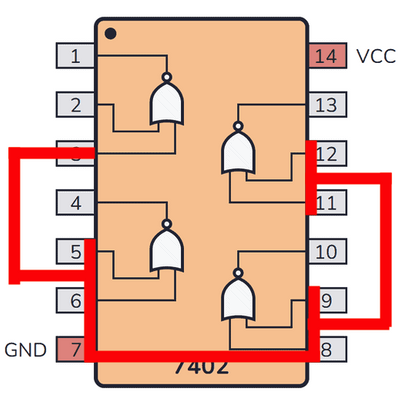First post, by AppleSauce
- Rank
- Oldbie
So the story goes like this : my friend picked up a Roland RA-50 and we've been thinking about modding it .
In theory would it be possible to "upgrade" it to a CM32L by adding in the PCM rom?
Or am I barking up the wrong tree?
Looking at the schematics it seems like the extra PCM chip is just piggybacked to the original pcm rom
and then both roms are linked to a glue logic chip which is then in turn linked to a pin on the LA synthesizer.
Its probably more complicated than that but I figured what the heck might as well ask.


